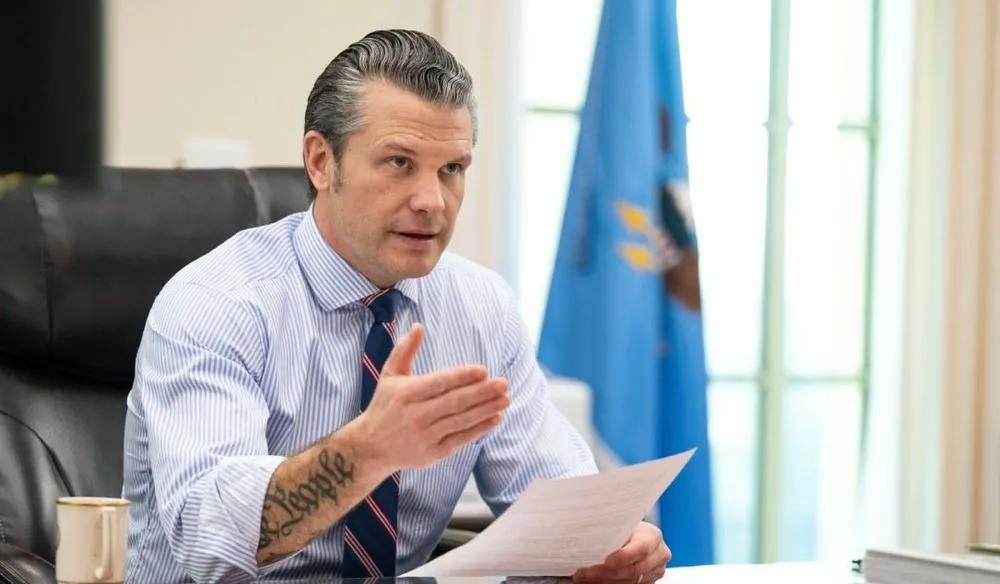Lawmakers push for guardrails, deadline on cyber military study
A bipartisan group of House and Senate lawmakers on Wednesday outlined their “expectations” for a think tank charged with examining the U.S. military’s cyber forces and suggested an end date for the organization’s work.
The missive, obtained by Recorded Future News, to the leaders of the National Academy of Sciences, Engineering, and Medicine (NASEM) comes after a provision in the annual defense policy bill that would have tasked the nonprofit with evaluating the feasibility of creating a U.S. Cyber Force was significantly altered to instead look at “alternative organizational models for the cyber forces of the Armed Forces.”
The January 29 letter by Texas GOP Reps. Morgan Luttrell and Pat Fallon and Sen. Kirsten Gillibrand (D-NY) states “we seek specifically an answer to the question of whether or not the nation is best served through the establishment of a United States Cyber Force as a seventh branch of the armed forces.”
“While changes were made to the study in conference, we write to express our expectation that when completed, the work required under” the final compromise measure “will assess and answer all the elements from the original text of our legislation,” the trio wrote.
The letter, which was also sent to Defense Secretary Pete Hegseth, is the latest indication that Capitol Hill lawmakers intend to continue exploring the idea of a cyber-focused military branch.
Speaking to reporters earlier this month, Luttrell vowed that policymakers would aim to fill in any gaps “missed” by NASEM’s evaluation.
Specifically, lawmakers want the nonprofit to “answer whether the nation is best served” by creating a Cyber Force or “refining and further evolving the current organizational approach for United States Cyber Command, loosely based on United States Special Operations Command.”
Whether such a model could successfully apply to Cyber Command has been a major part of the debate over establishing a digital warfare service.
Opponents argue the command has already been granted unique, service-like authorities to equip warfighters and set training standards — much like Special Operations Command — that will help it overcome the whims of the existing military services, which have given the cyber mission short shrift.
Meanwhile, Cyber Force advocates argue that adopting the scheme ultimately won’t fix the command’s long-running readiness woes.
The bicameral letter also noted the latest defense policy roadmap didn’t provide a deadline for the nonprofit’s work — an omission that irked the original study’s supporters — and suggested NASEM complete its work by November 30, as well as provide “periodic updates to our offices no less than every two months” between now and then.
“This will ensure that your important work can inform discussions for the Fiscal Year 2027 [National Defense Authorization Act],” according to the lawmakers.
Martin Matishak
is the senior cybersecurity reporter for The Record. Prior to joining Recorded Future News in 2021, he spent more than five years at Politico, where he covered digital and national security developments across Capitol Hill, the Pentagon and the U.S. intelligence community. He previously was a reporter at The Hill, National Journal Group and Inside Washington Publishers.



